Advertising and Marketing
While Amazon can be credited with starting the self-publishing boom, it’s been a long time since it served as a true safe haven for independent authors. What was once a platform where organic discoverability thrived has slowly devolved into a pay-to-play system ruled by corporate greed. With product pages increasingly cluttered with ads, the “Also Bought” ribbon was the last hope an author had of being discovered without having to break open their wallet. But with this latest change, even that final refuge has been corrupted.
As Ginger argues in today’s blog, this latest change to a book’s product page crosses a line at a time when fair play was already hanging by a thread. It’s arguably one of Amazon’s most brazen tactics yet, and not only erodes consumer trust but also signals that a company so fixated on profits over quality of service may be on the brink of a self-inflicted collapse.
Self-publishing books on Amazon has earned me more than $300,000 over the years – but as my recent articles about direct sales probably indicate, I’ve turned my back on Big Orange and tried to make it on my own in recent months.
This largely stemmed from my growing frustration with how Amazon operates. Their rigid payout structure and murky rules and regulations were enough to deal with – but over the course of the last five years, Amazon has handed more and more of their homepage over to paid advertising and this has made it almost impossible to achieve meaningful success as a self-published author without also having a significant marketing and advertising system backing you up.
Yet even after I reached my limit with Amazon, they’ve continued to push things even further – and I think their most recent advertising initiative is truly their most egregious. They’ve started to put paid advertisements into the “Also Bought” section of their product pages – absolutely desecrating the integrity of organic discoverability.

I really wanted to write and post an article about this because I don’t want this change to go unnoticed. It’s absolutely despicable and indicative of the short-term, self-destructive tactics that Amazon is using to slowly cannibalize itself.
Where we started…
Once upon a time, self-publishing on Amazon was like the wild west. Anybody and everybody could self publish a book and throw it up onto the digital bookshelves. There, the law of the jungle awarded the best of those authors with financial independence and condemned the rest of them to obscurity. Success was achieved through writing great books, with compelling covers and engaging titles, and the more successful your books were, the more they were propagated throughout the Amazon ecosystem of organic discoverability.
That was what things were like when I began my author journey. I started self-publishing in 2013 and was astonished to find that people actually wanted to buy what I wrote and published. Five years later, I wrote my first best-seller and discovered how to be a successful self-published author on the platform. I took the lessons I’d learned from my first best-seller and used them to formulate a process for self-publishing that saw me consistently earning $10,000+ per month in royalties.
The key to my success was deceptively simple. I would write and publish the best books I possibly could, written to appeal to an audience that had already rewarded me with tens of thousands of book sales. Then, I’d publish them and run one of Amazon’s Free Giveaway Promotions. Paired with a hefty stack of newsletter promotions, this promotion would send my new release skyrocketing into the Top 100 (quite often reaching #1) and the thousands of subsequent downloads would result in a consistent flow of sales at full price for weeks afterward. It was a beautiful time to be a writer!
And the key to it all was a ribbon of content most of us know as the “Also Bought” section. This was a ribbon of seven book titles suggested to readers by Amazon’s algorithm. Whichever Product Page you were on would deliver these suggestions based on the simple logic of “Customers who bought this book also bought these books…”

It was the best advertising money couldn’t buy – connecting like-minded readers with new books, all based on the behavior of thousands of other readers. It was, and until recently remained, the most valuable real estate on Amazon.
But around 2019, Amazon got greedy. They shifted that ribbon of Also Boughts down to the bottom of the Product Page (to practical obscurity, if we’re honest about it) and replaced it with a ribbon called “Products related to this item“.
This ribbon of content looked pretty much identical to the ribbon of Also Bought books, and you would be forgiven for thinking that they were related. In fact, you might even have been forgiven for thinking that these book suggestions were, as the title suggests, “related to this item.”

However, it was nothing of the sort – this was a ribbon of paid advertising. All the books featured in the Products related to this item ribbon were there because authors had used Advertising on Amazon to put them there. They were all ads!
This utterly changed the self-publishing experience for authors overnight. My foolproof strategy for earning $10,000 a month became less and less effective, until today it will deliver about $2,000 in royalties (and that’s if I’m lucky enough to publish a book that readers really like.) It basically turned Amazon self-publishing into a “pay to play” platform. If you’re not spending money on advertising, your book simply isn’t being seen.
In the years since, I’ve used my experience in advertising to help mitigate this. I’ve learned how to effectively and profitably advertise my books on Amazon, and helped my other authors do the same. However, it’s still one of the major reasons why I’ve shifted the focus of my publishing to direct sales – because I’d rather spend money on a system over which I have 100% control than continue to throw money at Amazon and let them pull the rug out from under me like this.
And yet even having reached that point, I still gave Amazon some credit. I genuinely thought it couldn’t get any worse. However, like some great Russian novels, it managed to do exactly that!
Where we are now…
The other day I was working with an author on their advertising and I scrolled down to the bottom of their product page to find that wonderful ribbon of Also Bought content – and that’s when I noticed something. Buried within the authentic, organically-generated suggested of books were two covers that looked slightly different. They were both tagged with “Sponsored” which is the giveaway that the book cover you’re looking at is a paid advertisement, not an organic suggestion.

Yes! Amazon did the unthinkable! They started putting paid advertisements inside the Also Bought ribbon – clearly and deliberately to try and trick customers into thinking that these books were “also bought” by readers.
I think it’s utterly, utterly despicable!
It’s not just despicable – it’s also fundamentally and irredeemably dishonest. If you are browsing books in the “Also Bought” section you should at least be limited to books that have actually been “also bought.” To sneakily insert paid spots is false advertising – putting products front and center beneath an inaccurate title.
It’s just one more reason why I’m confident in my decision to shift my focus to direct sales – and one more reason why I think Amazon will not only lose their grip on the self-publishing industry, but they’ll have nobody to blame except themselves when that happens.
What do you think about this change? Are you as disgusted by it as I am? Will it impact your marketing and advertising strategy moving forward? Let us know in the comment section below.
Share this blog
About the Author

Ginger is also known as Roland Hulme - a digital Don Draper with a Hemingway complex. Under a penname, he's sold 65,000+ copies of his romance novels, and reached more than 320,000 readers through Kindle Unlimited - using his background in marketing, advertising, and social media to reach an ever-expanding audience.


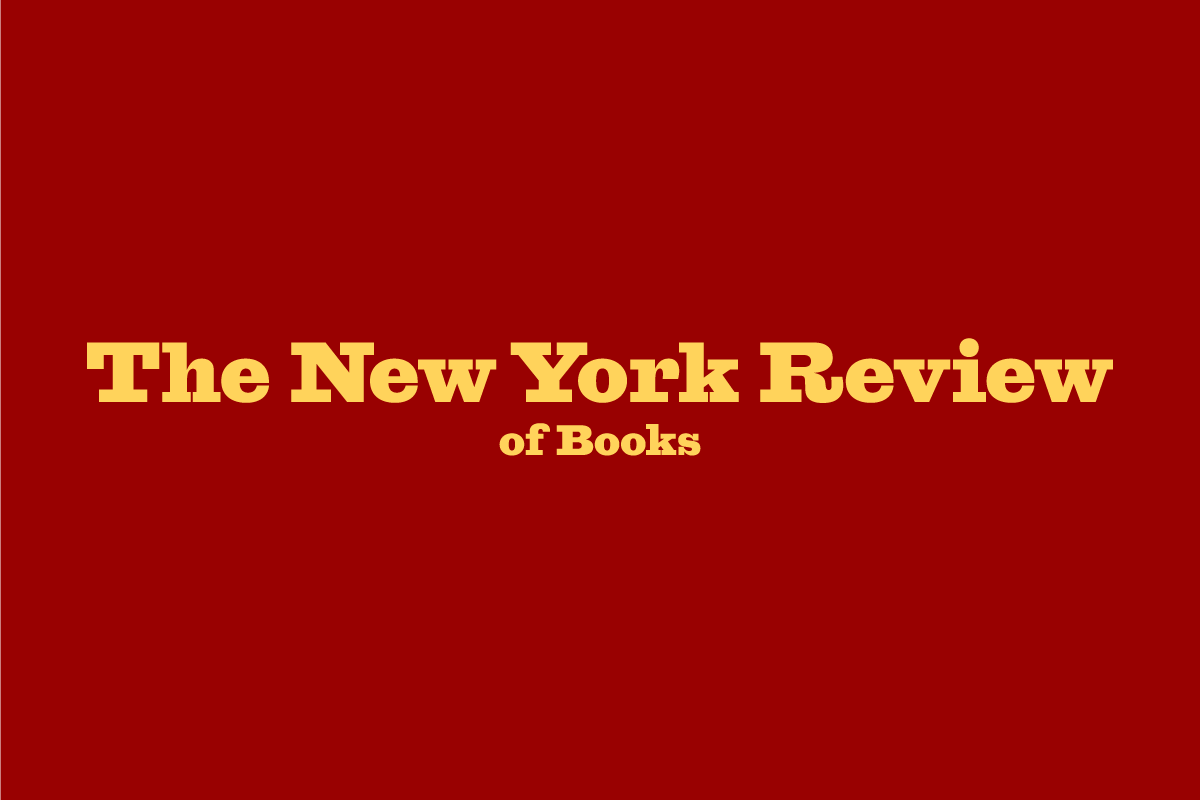


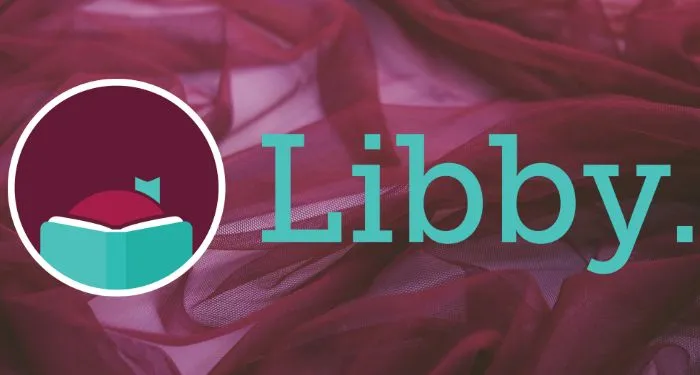


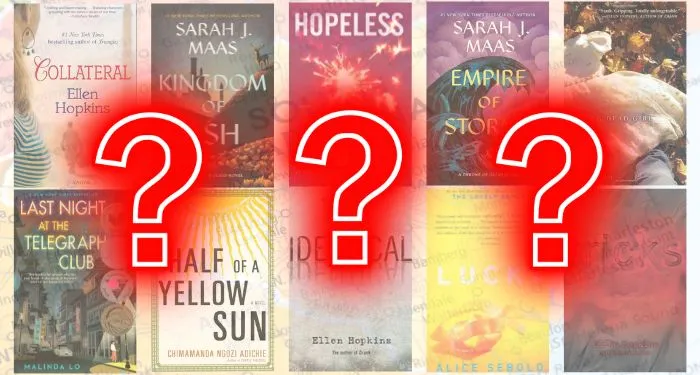

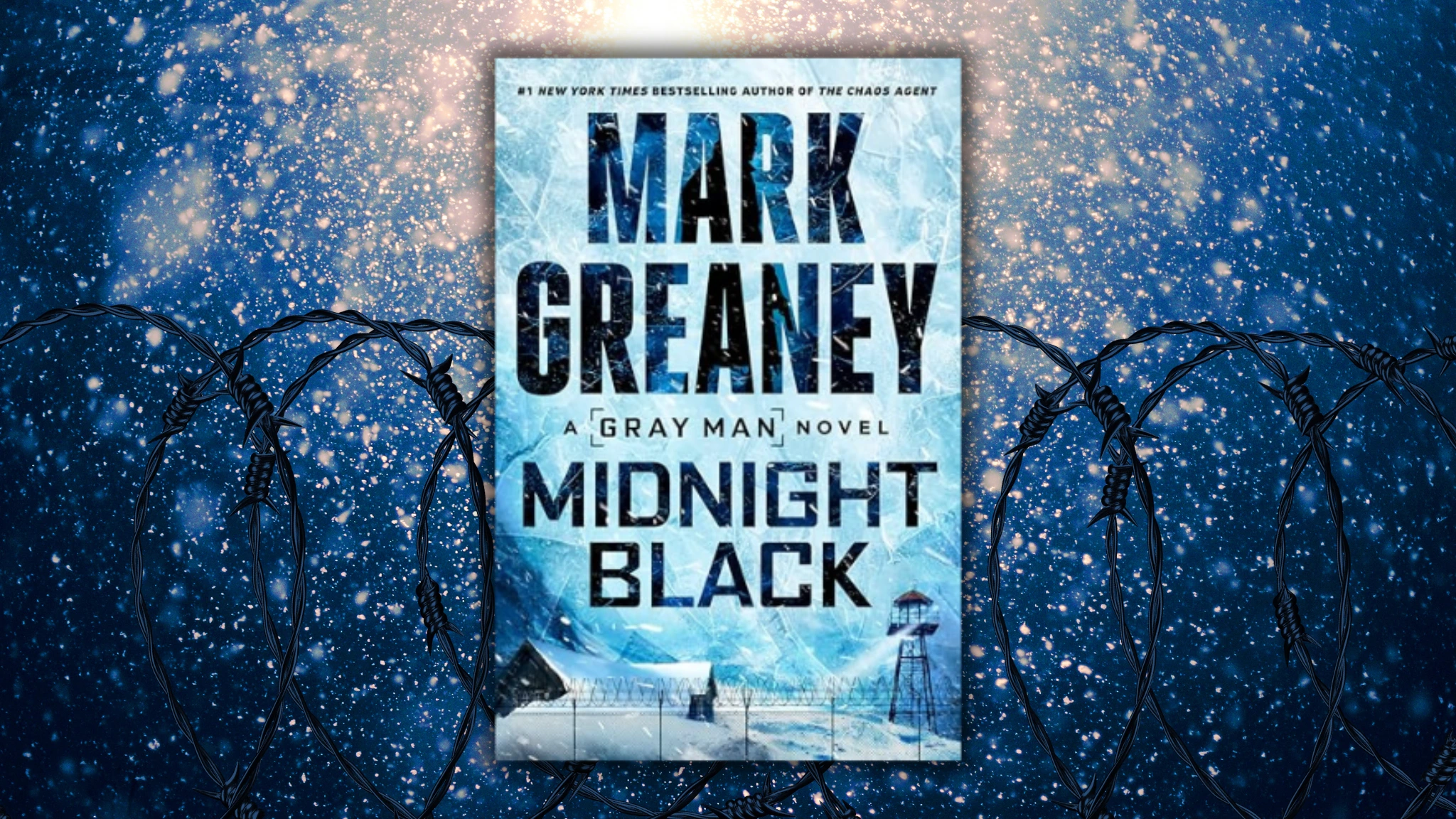


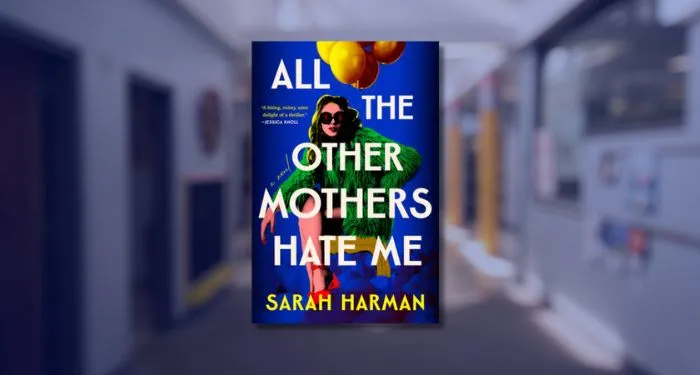



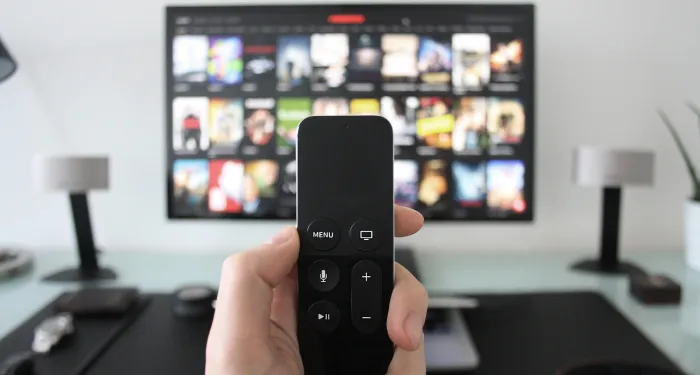
 English (US) ·
English (US) ·